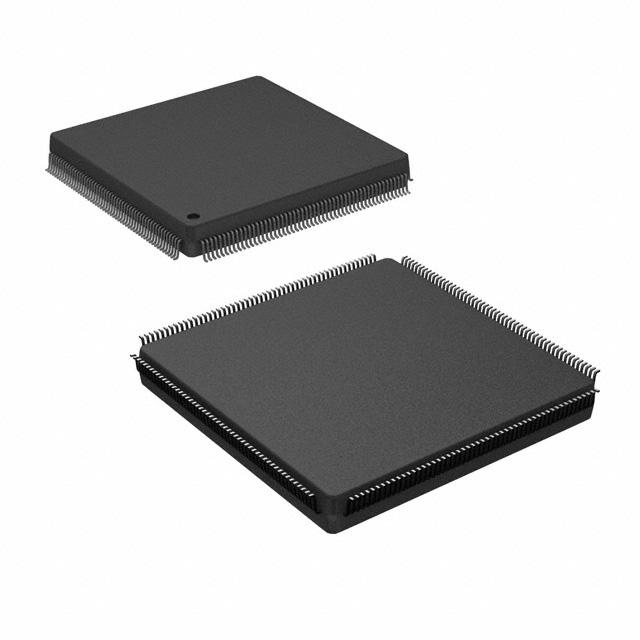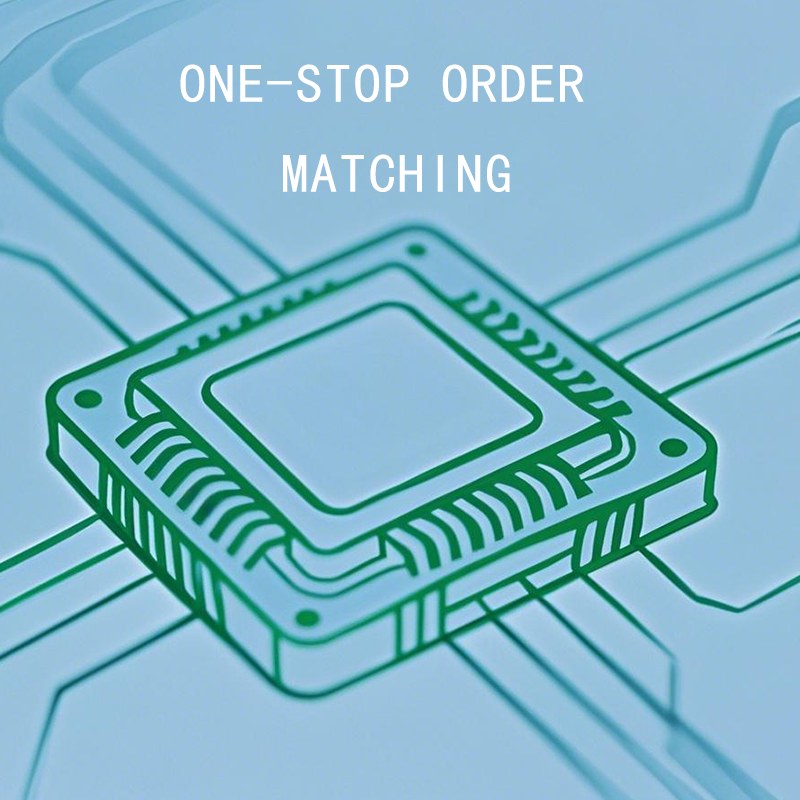| Specification of XC2S150-5PQ208C | |
|---|---|
| Status | Obsolete |
| Series | Spartan?-II |
| Package | Tray |
| Supplier | AMD |
| Digi-Key Programmable | Not Verified |
| Number of LABs/CLBs | 864 |
| Number of Logic Elements/Cells | 3888 |
| Total RAM Bits | 49152 |
| Number of I/O | 140 |
| Number of Gates | 150000 |
| Voltage – Supply | 2.375V ~ 2.625V |
| Mounting Type | Surface Mount |
| Operating Temperature | 0C ~ 85C (TJ) |
| Package / Case | 208-BFQFP |
| Supplier Device Package | 208-PQFP (28×28) |
Applications
The XC2S150-5PQ208C is ideal for high-speed digital signal processing tasks in telecommunications equipment, offering fast data throughput and low latency.
In automotive electronics, it supports advanced driver assistance systems (ADAS) with its robust performance under varying environmental conditions.
Industrial automation applications benefit from its precision timing capabilities, enabling precise control over machinery operations.
Operating Temperature: -40°C to +85°C
Key Advantages
1. High-speed operation up to 150 MHz
2. Advanced embedded memory options
3. Low power consumption modes
4. Industry-standard certifications including CE, RoHS, and UL
Frequently Asked Questions
Q1: Can the XC2S150-5PQ208C operate effectively at extreme temperatures?
A1: Yes, it operates within a wide range (-40°C to +85°C), making it suitable for various industrial environments.
Q2: Is the XC2S150-5PQ208C compatible with other components in my system?
A2: The XC2S150-5PQ208C is designed to be highly compatible with a variety of standard interfaces and protocols, ensuring seamless integration into existing systems.
Q3: In which specific scenarios would I use the XC2S150-5PQ208C?
A3: The XC2S150-5PQ208C excels in scenarios requiring high-speed data processing and precise timing, such as in telecommunications infrastructure and automotive safety systems.
Other people’s search terms
– High-speed digital signal processor
– Automotive electronics component
– Industrial automation semiconductor
– Robust performance in extreme conditions
– Low power consumption FPGA



